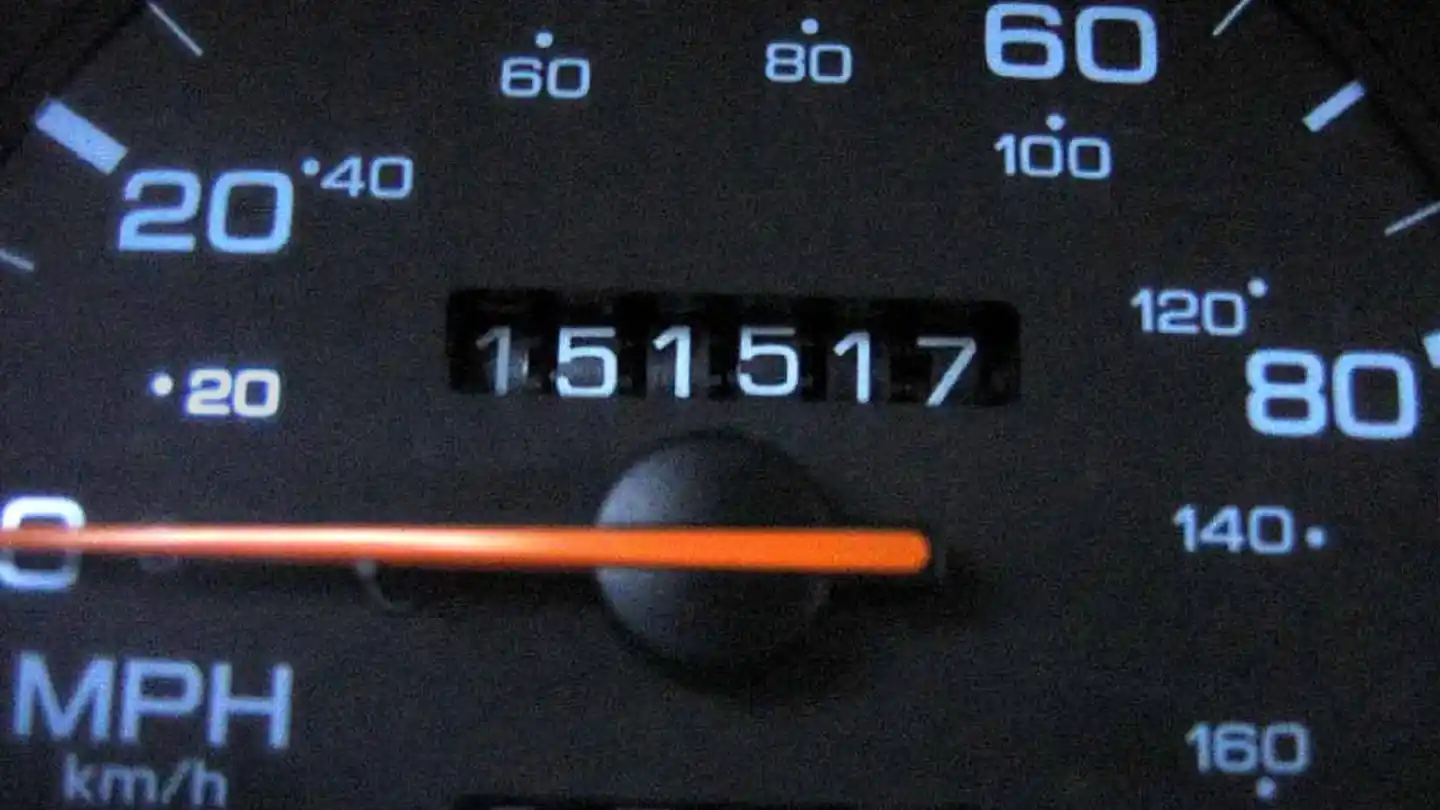

Unlocking the Mysteries of Car Mileage: What Determines a Vehicle’s Worth
When it comes to determining the value of a car, various factors come into play, echoing the considerations made when purchasing a brand-new vehicle. One of the foremost concerns shared by both new and used car buyers is the mileage a car is designed or expected to endure. The cost of maintenance and repairs is also closely intertwined with this consideration, as it directly impacts the affordability of potential issues and the overall longevity of the vehicle.
However, defining what constitutes high or low mileage for a vehicle is not a straightforward task. It’s a nuanced matter influenced by several factors, dispelling the notion that it’s merely a black-and-white figure. In this comprehensive exploration, we delve into the multifaceted world of car mileage, examining the diverse variables that shape our perceptions of a vehicle’s worth.
Deciphering High and Low Mileage
The concept of high or low mileage for a vehicle hinges on the type of vehicle in question and sometimes, even more precisely, on the specific make and model. For instance, sedans and SUVs may still have relatively low mileage at 30,000 miles, whereas the same mileage on a sports car might be deemed high.
Another crucial factor to consider is the age of the vehicle. An older car with 50,000 miles on the odometer might be classified as having low mileage, while the same mileage on a one-year-old vehicle could be regarded as high. On average, personal vehicles cover around 15,000 miles annually. Multiplying this figure by a vehicle’s age gives us a rough estimate of the expected mileage for cars on the road.
Unpacking the Aversion to High Mileage Cars
Mileage serves as one of the most prominent yardsticks for gauging a car’s life expectancy on the road, albeit not the most precise one. Typically, vehicles with higher mileage are valued less than their counterparts with fewer miles, primarily because they are not expected to remain roadworthy for as long. However, it’s essential to note that mileage is just one facet of a car’s longevity. It’s entirely possible to purchase a vehicle with over 200,000 miles and still enjoy years of trouble-free driving.
Nevertheless, high-mileage cars tend to be older, which also plays a pivotal role in determining a vehicle’s value. With these nuances in mind, let’s explore why car owners often use the number of miles on the odometer as a yardstick for a car’s lifespan.
The Significance of Mileage as a Metric
When it comes to assessing how much a car has been driven or how it has been maintained, there are limited features on the vehicle itself that provide insights. Mileage remains one of the primary indicators used by both buyers and sellers to determine a car’s road history, even though it offers limited information about the nature of those miles and nothing about the intensity of a vehicle’s use.
Furthermore, mileage does not divulge the extent of a car’s maintenance history. Unfortunately, not all cars come with verifiable records of repairs and upkeep, leaving us with miles as the solitary indicator of how much of a car’s lifespan has been consumed.
The Mileage Paradox: A Deeper Dive
While mileage is undoubtedly a critical factor in evaluating a vehicle’s worth, it’s essential to recognize the complexities that surround it. Here, we explore the various aspects that contribute to the mileage paradox:
1. Mileage vs. Age
As mentioned earlier, the age of a vehicle often skews our perception of what constitutes high or low mileage. An older car with relatively low mileage may seem like a better deal than a newer vehicle with similar mileage. However, this overlooks the wear and tear that can accumulate over time, regardless of the distance covered. Routine maintenance and the quality of components can also impact how a car ages, making it possible for older vehicles with low mileage to outperform their younger counterparts.
2. Driving Conditions
Not all miles are created equal. The driving conditions a car has been subjected to play a significant role in its overall health and longevity. Cars that have primarily been driven in stop-and-go city traffic may experience more wear and tear than those used for highway cruising. Harsh weather conditions, such as extreme heat or cold, can also take a toll on a vehicle, potentially accelerating the aging process.
3. Maintenance and Care
The meticulousness of a car’s maintenance and care can mitigate the effects of high mileage. A well-maintained vehicle with a comprehensive service history can often outperform expectations in terms of reliability and longevity, even with a high mileage reading. Conversely, a neglected vehicle with low mileage may be riddled with hidden issues that can lead to costly repairs.
4. Brand and Model
The brand and model of a vehicle can significantly impact how we perceive its mileage. Some manufacturers are renowned for producing cars that are built to withstand high mileage, earning them a reputation for durability. In contrast, certain luxury or performance vehicles may be perceived as having high mileage even at relatively low numbers due to the expectation of superior performance and longevity.
5. Technological Advancements
Advancements in automotive technology have led to more durable and efficient vehicles. Modern engines and components are designed to withstand higher mileage compared to their predecessors. This means that what was considered high mileage a decade ago may not hold the same weight today. The rate at which a car depreciates in value due to mileage can vary widely based on its manufacturing year and technological features.
Assessing Mileage’s Role in Vehicle Valuation
While mileage remains a vital component in determining a vehicle’s worth, it should not be the sole criterion. Buyers and sellers should consider a holistic approach to assess a car’s value accurately. Here are some key factors to incorporate into your evaluation:
1. Vehicle History
Obtaining a comprehensive vehicle history report can shed light on past accidents, title issues, and maintenance records. A well-documented history can instill confidence in the buyer and provide a more accurate picture of the car’s overall condition.
2. Maintenance Records
As previously mentioned, the care a vehicle has received is crucial. Verifiable maintenance records not only indicate that the car has been well-maintained but also highlight any recurring issues that may require attention.
3. Mechanical Inspection
Having the vehicle inspected by a qualified mechanic can uncover hidden problems that may not be evident from the odometer reading alone. This step is particularly important when considering high-mileage cars.
4. Resale Value
Consider the long-term resale value of the vehicle. Some brands and models depreciate more slowly than others, making them more attractive investments, even with higher mileage.
5. Personal Use
Inquire about how the vehicle was used. Was it primarily for commuting on the highway or subjected to the rigors of city driving? Understanding the vehicle’s previous role can provide insights into its wear and tear.
Conclusion
In the intricate world of car valuation, mileage plays a significant but nuanced role. While it serves as a practical benchmark for assessing a vehicle’s road history, it should not be the sole determinant of a car’s worth. The age of the vehicle, driving conditions, maintenance history, brand and model, and technological advancements all interplay in shaping our perception of mileage.
As both buyers and sellers, it’s essential to take a holistic approach to evaluate a vehicle accurately. By considering factors beyond the odometer reading, such as vehicle history, maintenance records, mechanical inspections,
Add a comment Cancel reply
Comments (0)
Categories
- Biography (4)
- Car Reviews (31)
- Car Tips (53)
- Classic Cars (45)
- Net Worth (12)
- Transportation (19)
Recent Posts
Related posts


Top 5 Reliable Car Dealerships in Lagos: Your Ultimate Guide

How to Buy a Tokunbo Car in Nigeria Without Getting Scammed








